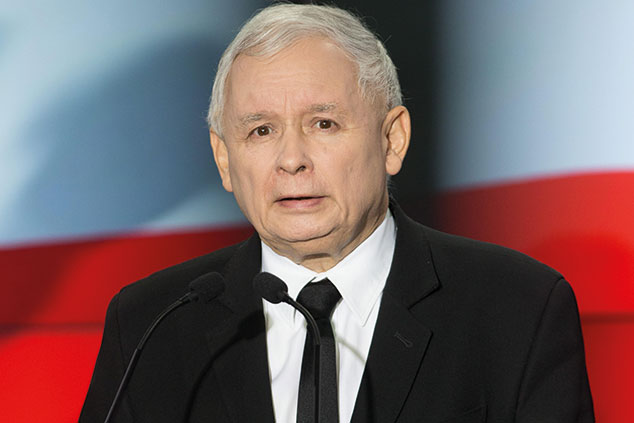
It won’t exactly be the biggest fish in the pond. When Poland became the first country in more than a decade to make the transition from emerging market to developed status last week, it accounted for a mere 0.154% of the entire global index of advanced countries. Even so, it was a significant move. In the almost three decades since the collapse of the Soviet bloc, Poland has made rapid advances.
Ticking all the right boxes
To qualify as a “developed market”, a country not only has to have a relatively high income by global standards, it also needs to have advanced capital markets, a stable government, and a decent number of quoted companies that can be reliably invested in. FTSE Russell, which compiles the indexes, has finally decided that Poland ticks all the right boxes.
There shouldn’t be any surprise about that. The country has quietly notched up 26 years of uninterrupted economic growth and even managed to ride through the crash of 2008 without slipping into recession. It is expected to expand by another 4.8% this year and unemployment has dropped to less than 6%. It is growing at a rate that puts most other European countries and quite a few Asian ones in the shade.
Measured over a quarter of a century, the progress it has made has been even more remarkable. Total GDP has doubled over that period, according to McKinsey. It has moved up from only 32% of western Europe’s average GDP per capita to 60%, and some areas such as Warsaw are now richer than many parts of Italy or Spain. Most of its growth is based on exports, food production, domestic demand and inward investment, which has made it a manufacturing hub, especially for German multinationals. Poland has plenty of vibrant, export-orientated industries and a skilled workforce.
The country is now the eighth largest economy in the EU and there is no reason why, on current trends, it shouldn’t keep on climbing. There have been few fireworks, but it has made steady progress, year after year. Over time, that starts to add up – its total GDP is now only slightly behind Sweden (admittedly a much smaller country) and may well overtake it soon; it has already overtaken Belgium and is not far off the Netherlands.
Challenges remain
Sure, Poland faces challenges. Productivity is relatively weak – a legacy of mismanagement under communism, decaying heavy industries and relatively weak infrastructure, as well as an education system that is struggling to keep up with its growth rate. Poland’s demographics are poor, with an ageing population and a low birth rate; that has hardly been helped by a mass exodus of its most skilled and hardest-working young people to other EU countries, especially the UK, although that may change post-Brexit.
Poland’s biggest challenge may well be its increasingly fractious relationship with the EU. Its ruling Law and Justice Party, led by Jaroslaw Kaczynski, is constantly in trouble for its treatment of the judiciary and is taking an increasingly anti-European stance. Sanctions have been threatened, although not yet implemented. That has created some understandable nervousness among investors.
Yet, in reality, so-called “populist” governments have actually done pretty well so far – usually better than the more “responsible” ones they replace. It also means Poland is very, very unlikely to ever join the euro, even though it is meant to one day, and that is the one thing that might torpedo its growth.
The mystery is that investors have yet to catch up with all this. They need a trigger. On the day Poland joined the developed world, the main Warsaw index managed a 1% rise, while the mid-cap index put on close on 2%. That is small progress, but may well prove the start of a larger process. From now on, a far larger range of funds will be able to invest in Polish assets and investors who get in on that early while its equities are still very cheap should be handsomely rewarded.